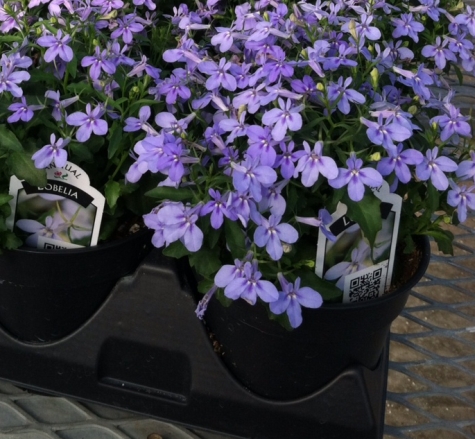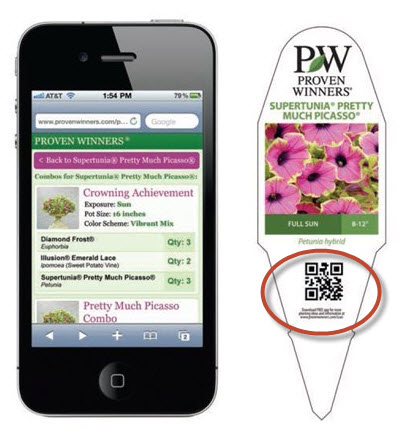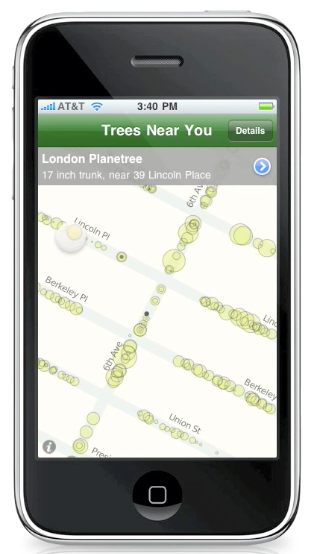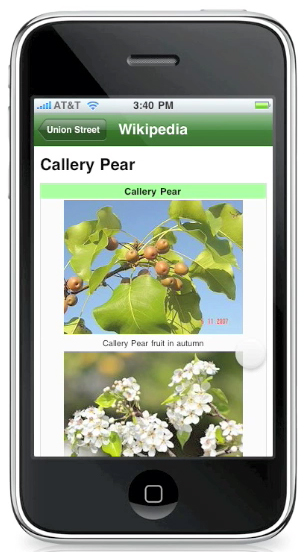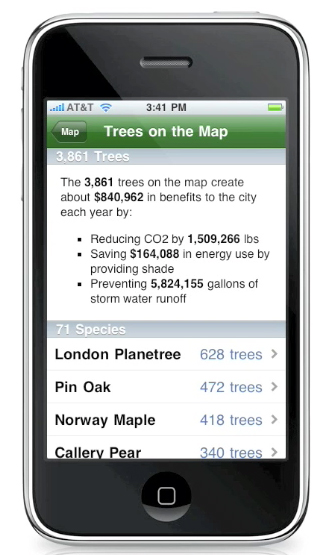Lots of coverage in the mainstream media these days over various initiatives to label GMO foods. I think GMO foods should be labeled; but not for the reasons you might think.
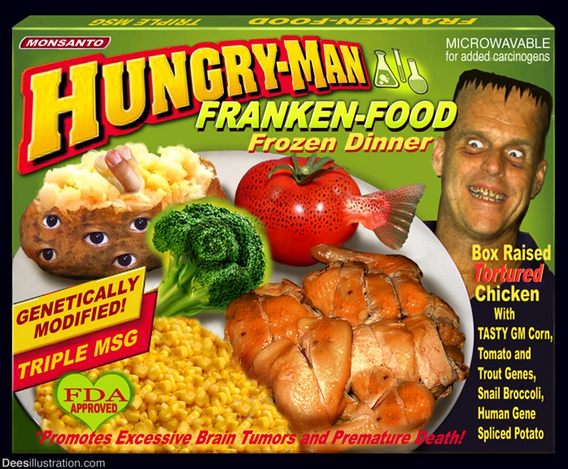
My personal opinion on GMO foods is that their benefits outweigh the potential downsides. I think GMO foods should be labeled to make the public aware of how much of our food supply depends on GMO’s and the cost of not using GMO’s. Obviously this will raise some social justice issues since wealthy people will have more opportunity to opt out of buying non-GMO products than the poor but it’s the same problem we have with organic already and it doesn’t seem to cause much of a stir. My hope is that once GMO products are labeled we could get to the point where the main discussion on GMO’s focuses on the rational and scientific questions, not the irrational and emotional. This weekend our Sunday paper included a quote from a local anti-GMO activist who tried to link the rise in obesity to increased use of GMO’s. How about we’ve become too sedentary and we’re eating too much, period? Or this from the “Health Ranger” Mike Adams: “Roundup herbicide devastates soils, rendering them contaminated and unable to produce healthy crops using traditional (or organic) farming methods. Once a farm plot is destroyed with Roundup, that farmer is forever enslaved to a chemical-based farming protocol.” Hmmm… last time I checked farms could be certified organic after three years without synthetic chemicals.
Which is not to say I don’t have concerns about GMO’s; there are issues with any technology. The largest questions I see, and the ones that are most difficult to answer, relate to unintended consequences. One of the biggest selling points of Round-up ready technology, for example, is that it enables farmers to manage weeds with glyphosate, a relatively safe product in the world of industrial-strength herbicides, in order to reduce tillage and maintain crop productivity. But as farmers use more and more glyphosate, they are also selecting for Round-up resistant weeds. How long until glyphosate is no longer effective? Difficult to predict, but glyphosate resistance has already evolved in many weeds.
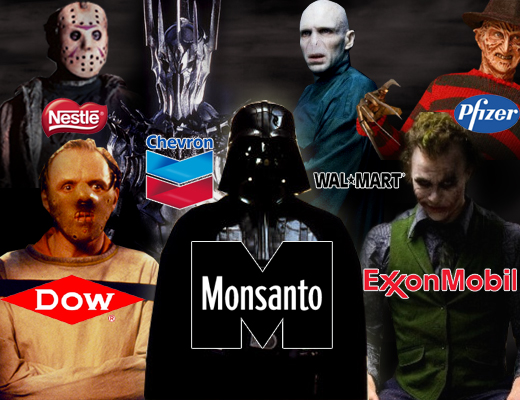
On the other side of the equation, the world’s population is projected to exceed 9 billion by 2050, with a disproportionate increase in the least developed countries. As the need for food increases, land and water resources will become more limited and catastrophic droughts are likely to increase. While it is easy to demonize industrial agriculture, it’s difficult to envision feeding ourselves and the world without the technology it has developed.
